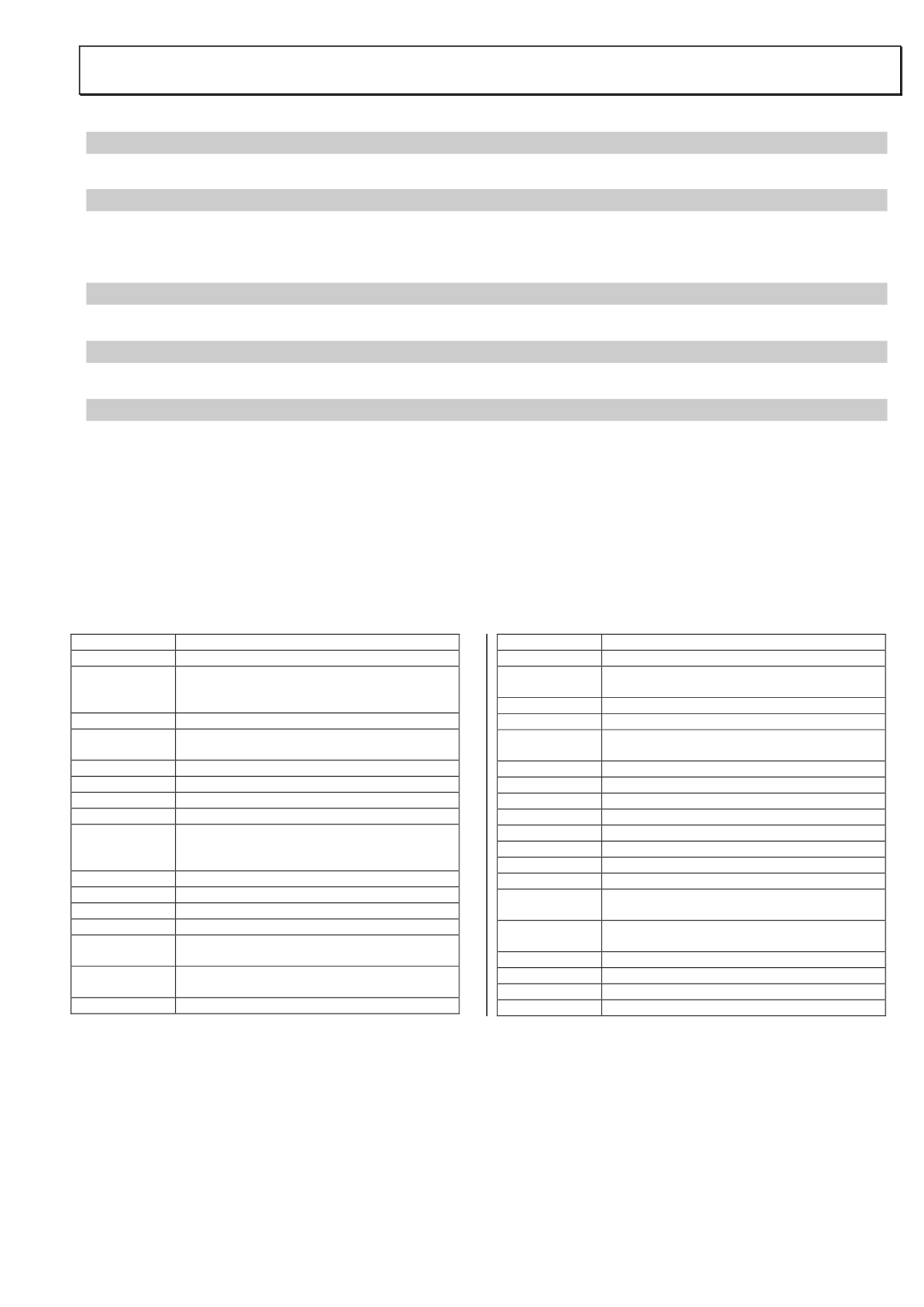

STAINLESS STEEL OIL
Page
5
of
5
Section 12 - Ecological Information
This product is biodegradable. It will not accumulate in the soil or water or cause long term problems. This product is
unlikely to be mobile in soils.
Section 13 - Disposal Considerations
Disposal:
This product may be recycled if unused, or if it has not been contaminated so as to make it unsuitable for
its intended use. If it has been contaminated, it may be possible to reclaim the product by filtration, distillation or
some other means. If neither of these options is suitable in-house, consider controlled incineration, or contact a
specialist waste disposal company.
Section 14 - Transport Information
UN Number:
This product is not classified as a Dangerous Good by ADG, IATA or IMDG/IMSBC criteria. No special
transport conditions are necessary unless required by other regulations.
Section 15 - Regulatory Information
AICS Listing:
All components of STAINLESS STEEL OIL are listed on the Australian Inventory of Chemical
Substances (AICS).
Section 16 - Other Information
This SDS contains only safety-related information. For other data see product literature.
THIS SDS SUMMARISES OUR BEST KNOWLEDGE OF THE HEALTH AND SAFETY HAZARD INFORMATION OF THE PRODUCT
AND HOW TO SAFELY HANDLE AND USE THE PRODUCT IN THE WORKPLACE. EACH USER MUST REVIEW THIS SDS IN THE
CONTEXT OF HOW THE PRODUCT WILL BE HANDLED AND USED IN THE WORKPLACE.
IF CLARIFICATION OR FURTHER INFORMATION IS NEEDED TO ENSURE THAT AN APPROPRIATE RISK ASSESSMENT CAN BE
MADE, THE USER SHOULD CONTACT THIS COMPANY SO WE CAN ATTEMPT TO PROVIDE ADDITIONAL INFORMATION.
OUR RESPONSIBILITY FOR PRODUCTS SOLD IS SUBJECT TO OUR STANDARD TERMS AND CONDITIONS, A COPY OF WHICH
IS SENT TO OUR CUSTOMERS AND IS ALSO AVAILABLE ON REQUEST.
Please read all labels carefully before using product.
This SDS is prepared in accord with the SWA document “Preparation of Safety Data Sheets for Hazardous
Chemicals - Code of Practice” (December 2011) and is Copyright ©.
Abbreviations and Definitions of terms used:
<
less than
>
greater than
ADG CODE Australian Code for the Transport of
Dangerous Goods by Road and Rail (7
th
edition)
AICS
Australian Inventory of Chemical Substances
CAS
Chemical Abstracts Service (Registry
Number)
COD
Chemical Oxygen Demand
deg C
Degrees Celsius
g
gram
g/L
grams per litre
Hazchem
Code
Emergency action code of numbers and
letters that provide information to emergency
services especially firefighters
HSIS
Hazardous Substance Information System
IARC
International Agency for Research on Cancer
kg
kilogram
L
Litre
LC50
The concentration of a material (inhaled) that
will be lethal to 50% of the test animals.
LD50
The dose (swallowed all at once) which is
lethal to 50% of a group of test animals.
m3
Cubic metre
mg
milligram
mg/m3
milligrams per cubic metre
miscible
A liquid that mixes homogeneously with
another liquid
N/A
Not applicable
N/K
Not Known
NIOSH
National Institute for Occupational Safety and
Health
non-haz
Non- hazardous
NOS
Not otherwise specified
NTP
National Toxicology Program (USA)
PEL
Permissible Exposure Limit
ppb
Parts per billion
ppm
Parts per million
R-Phrase
Risk Phrase
STEL
Short term exposure limit
SUSMP
Standard for the Uniform Scheduling of
Medicines & Poisons
SWA
Safe Work Australia, formerly ASCC and
NOHSC
TLV
Threshold Limit Value
TWA
Time Weighted average
UN Number United Nations (Number)
wt
weight
The information in this Data Sheet is based on our present knowledge. However, this shall not constitute a guarantee for any specific
product features and shall not establish a legally valid contractual relationship. Agar Cleaning Systems accepts no tortious or contractual
liability for any loss or damages suffered as a consequence of reliance on the information and advice contained herein.
End of SDS.


















